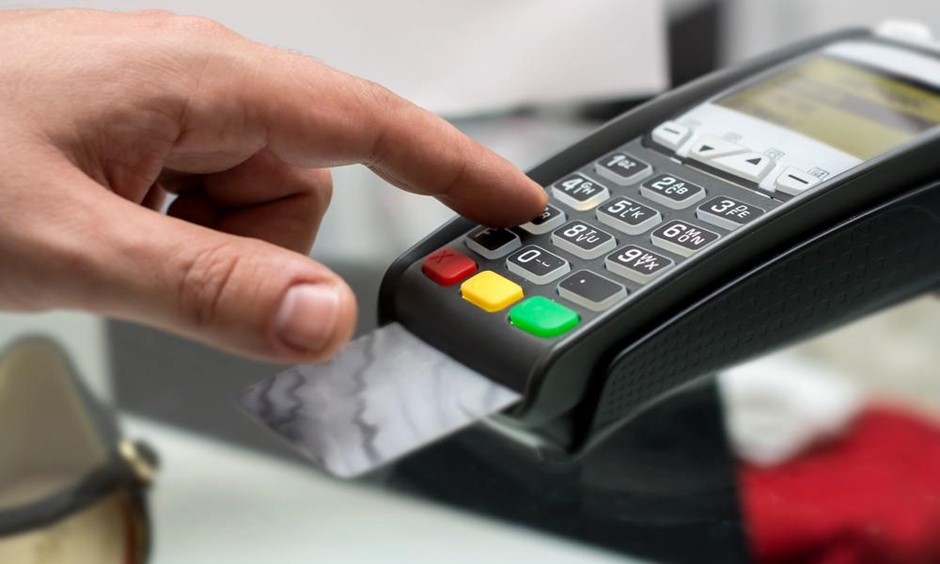Search
What is Merchant Discount Rate? How will the New Rates Affect Traders and Buyers?
December 22, 2017
On December 6, 2017, the Reserve Bank of India announced that it is scrapping the slab-based merchant discount rate(MDR) system to replace it with a turnover-based system instead. So, how will it impact the consumers and the sellers?

What is MDR?
MDR is the fee a merchant has to pay to their service provider for the transactions made via debit cards via the point of sale (PoS) machines. It also applies to the QR-based transactions as well as online transactions.
MDR collected from the merchants is typically shared between three entities: the bank that facilitates the transactions, the vendor who installs the PoS terminals, and the payments processor (Visa or MasterCard).
New Changes
With effect from January 1, 2018, MDR will be calculated on the basis of the merchant’s annual turnover rather than the amount of each transaction.
Note that, at present, the MDR is 0.25% for transaction up to Rs1,000; 0.5% for those ranging between Rs1,000 and Rs2,000; and 1% for above Rs2,000.
However, as per the new rates, small merchants (with annual turnover below Rs. 20 lakhs) will pay a maximum MDR of 0.40% of the bill value and the big merchants (with an annual turnover above Rs. 20 lakhs) will pay 0.90%.
Traders and merchants across the nation are against the move as RBI has asked them to pay the MDR from their own pocket and they can’t ask the customers to pay for it either.
What’s the Government’s Reasoning?
Merchants prefer to accept payments in cash as it doesn’t come with any fee. The banks, on the other hand, have a hard time getting the merchants to invest in PoS machines and promote digital payments.
So, by increasing the MDR the government is making the business more lucrative from the banks’ perspective. As the MDR revision will only affect the big merchants, the small merchants will also don’t mind the change as they will have to pay a small MDR.
Overall, the government’s decision is expected to discourage cash. However, with most big merchants, including e-commerce portals like Amazon, Flipkart, etc. attracting a high rate of 0.90%, it’s hard to say how they will adjust.



